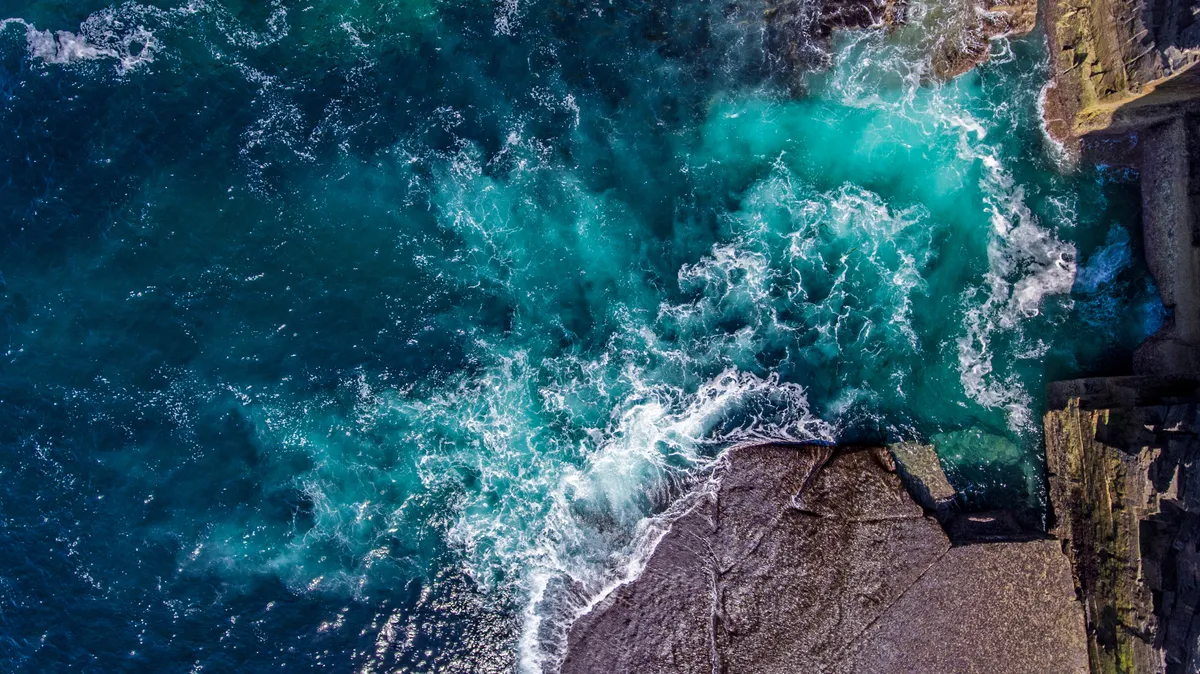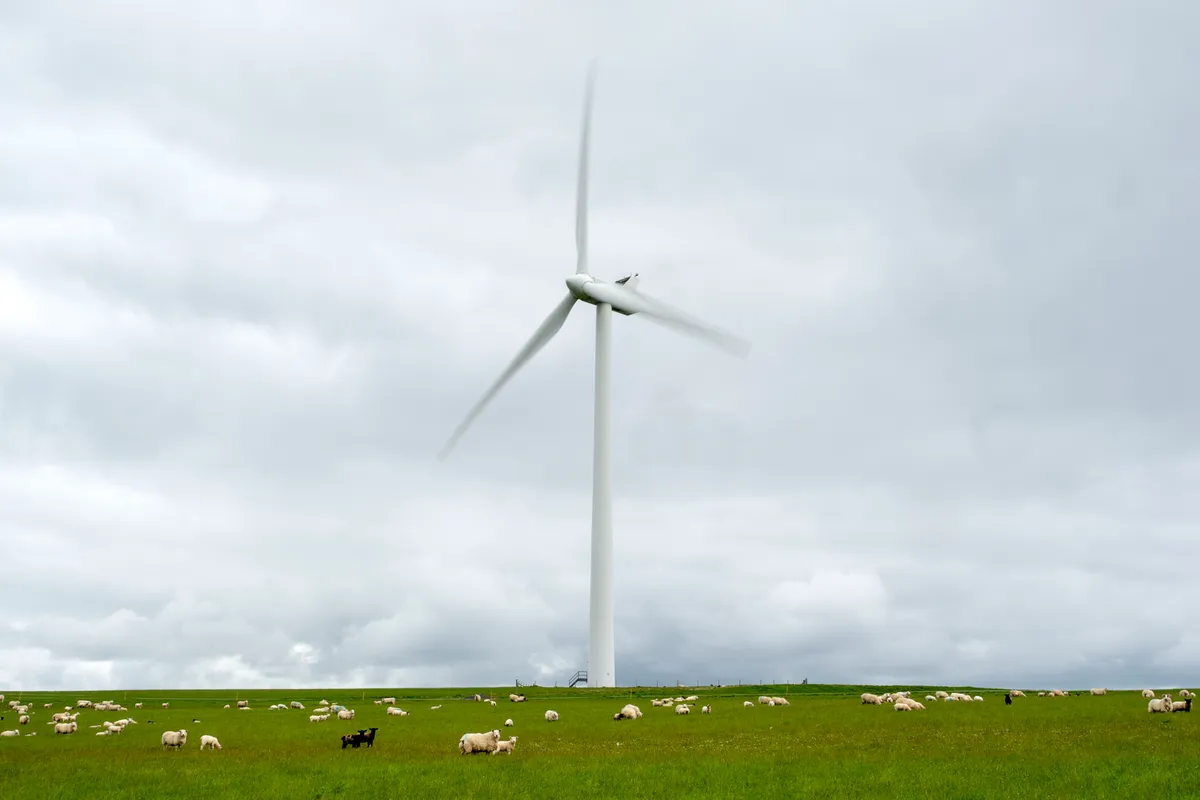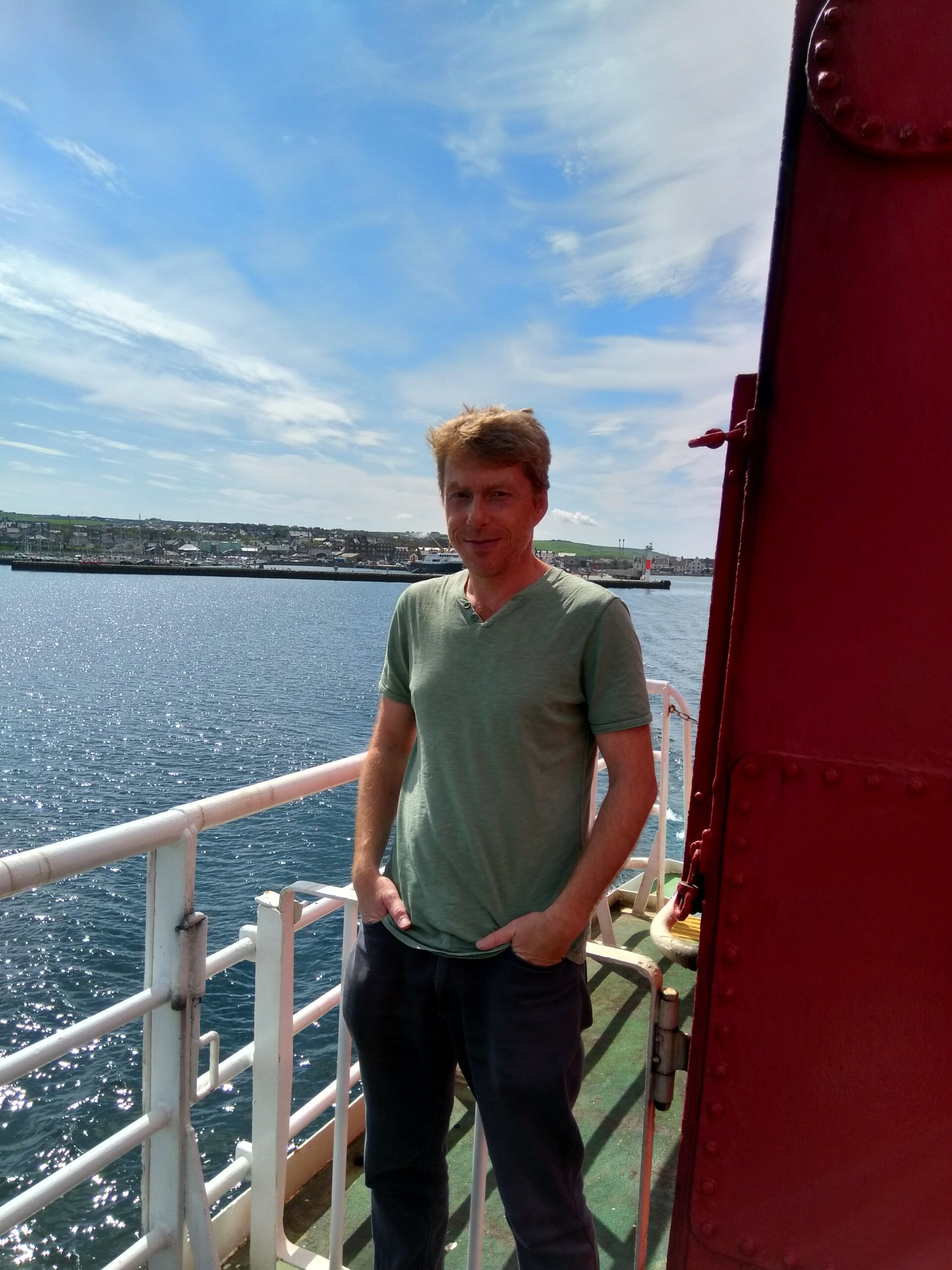The 72m-long O2 turbine, developed by Orbital Marine, will be placed in the Fall of War Ness, a narrow channel off Eday, one of Orkney’s North Isles, where currents reach almost 7.8 knots/sec. Thanks to larger blades of 20m in diameter and an ability for these blades to turn up to 180 degrees to face water flow – and be feathered to move a few degrees either way - the O2 is expected to enable a 35% improvement in yield compared to previous wave energy generators. The company hopes the turbine will be in place for up to 17 years.
The installation of the O2 is the latest development in Orkney’s drive to be a UK leader in green energy. Surf ’n’ Turf is a community project that aims to use surplus electricity generated from wind and tidal energy to split water molecules to generate hydrogen gas. The fast-flowing waters of the Pentland Firth have also attracted interest in establishing a tidal array. Average wave height on Orkney is 2–3m, with a maximum of 19m.

Orkney is already self-sufficient in renewable energy and the electricity generated from the O2 will be transferred to the mainland through a subsea interconnector. The islands are home to the highest concentration of small and micro-wind turbines in the UK – more than 500 at the last count.

Across Orkney, the growth in renewable-energy technology and production is viewed as a means of halting or even reversing the ever-present threat of island population declines. Increasingly, highly educated young professionals, often motivated by the virtues of green energy, are employed on the islands.
Wave energy potential has also been explored in the Western Isles, along with the waters around the Mull of Kintyre and Inner Hebrides islands such as Islay. A major limitation on production of green energy on the Outer Hebrides is the lack of a suitable subsea interconnector to transfer the energy to the mainland. The current interconnector broker recently and islanders have been warned it may take up a to a year to replace it.
